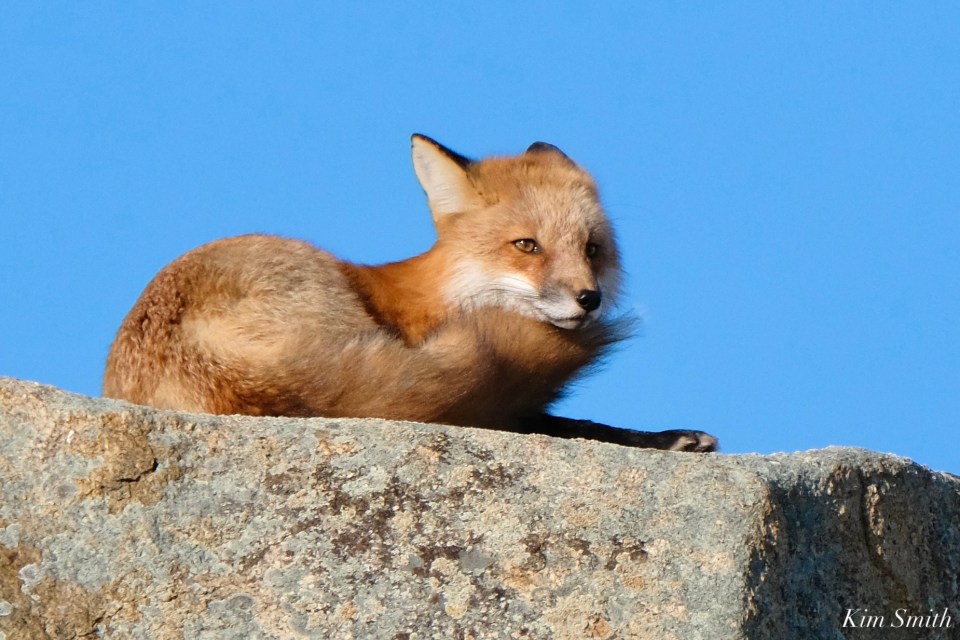Hello Friends,
It’s that time of year again when we occasionally find stranded seabirds on our beaches. Seabirds, also known as marine birds and pelagic birds, are birds that spend most of their time on the ocean, away from land. Ninety-five percent of seabirds breed in colonies. During the nesting season is the only time you will see them on land. Common Murre, Thick-billed Murre, Dovekie, Puffin, and Northern Gannet are examples of marine birds.
Seabirds can become stranded for several reasons. Possibly they are sick, injured, or starving. Seabirds are also generally clumsy when on land. Sometimes they are stranded for no other reason than they can’t make their way back into the water.
If you find a stranded seabird first check to see if it is injured. If the birds appears uninjured and relatively healthy, approach from behind, gently pick up, and place in the water.
 Dovekie, the Little Auk
Dovekie, the Little Auk
 Thick-billed Murre
Thick-billed Murre
 Northern Gannet
Northern Gannet
If the bird is injured, follow the guidelines provided by Tufts Wildlife Clinic:
Protect yourself
Wear gloves. When dealing with waterfowl, a thick pair of work gloves can prevent personal injury. A net is very useful for capturing animals that will try to flee or fly. If a body of water is nearby, get between the water and the animal. If the bird is not flighted, you can try to herd it towards an area like a wall or bush where you can more easily catch it.
Prepare a container
A large crate or large box with air holes, lined with newspaper or a sheet/towel will work for most large birds.
Put the bird in the box
Cover the bird’s head with a towel, keep the wings tucked into the body, and always be careful of its bill and wings. Immediately close the box.
If you can’t transport it immediately
- Keep the bird in a warm, dark, quiet place.
- Do not give it food or water. Feeding an animal an incorrect diet can result in injury or death. Also, a captured animal will get food and water stuck in its fur/feathers potentially leading to discomfort and hypothermia.
- Do not handle it. Leave the animal alone. Remember human noise, touch and eye contact are very stressful to wild animals.
- Keep children and pets away from it.
Transport the Bird
Transport the bird to a wildlife rehabilitator or to Tufts Wildlife Clinic during clinic hours M-F 8am-5pm and Sat, Sun, & Holidays 9am-12pm. 508-839-7918
Tufts Wildlife Clinic
50 Willard St.
North Grafton, MA 01536
During transport, keep the bird in the box or crate, keep the car quiet (radio off).
If you need help
If you need help capturing an injured or sick wild animal, the following are good resources for you to reach out to.
Like this:
Like Loading...





























































































































































































































































































































